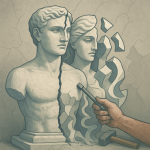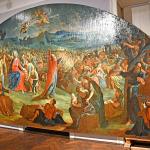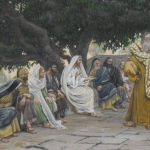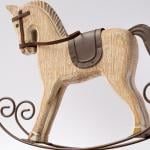The Church, wrote the French theologian Yves Congar, “must breathe fully with both its lungs: the Eastern Churches and the Western.” Until the 1880’s, there were no Eastern Rite Churches in America. Most of the first Eastern Catholic immigrants were Ruthenian (also called Byzantine). Today marks the death of Father Nicephor Chanath (1855-1898), a pioneer Ruthenian priest who worked in New Jersey and Pennsylvania. When many Eastern Catholics arrived, they got a cold reception from Latin bishops who didn’t understand or respect their traditions. Many bishops refused to grant faculties to married priests. As a result, many Eastern Catholics joined the Orthodox Church. It’s estimated that in the years before World War I, about 200,000 took this path. Father Chanath tried to stem the tide of defections while acting as a liaison to the Latin bishops. Born in Uzhorod, he studied in Budapest. He got married shortly before his ordination in 1881, but his wife died a year later. In 1891 he came to America, where he became pastor of St. Michael’s parish in Passaic (seen above). In 1894 he took over St. Mary’s in Scranton, where he worked until his death. His plea for an Eastern Rite bishop was answered in 1907 when Soter Stephen Ortynsky was appointed in 1907. In 1929, however, a papal decree imposed mandatory celibacy on Ruthenian clergy in the United States, which led to further defections. But after many years of misunderstanding, Vatican II reaffirmed the dignity and the traditions of the Eastern Churches when it stated: “The Catholic Church holds in high esteem the institutions, liturgical rites, ecclesiastical traditions and the established standards of the Christian life of the Eastern Churches, for in them, distinguished as they are for their venerable antiquity, there remains conspicuous the tradition that has been handed down from the Apostles through the Fathers and that forms part of the divinely revealed and undivided heritage of the universal Church.”












